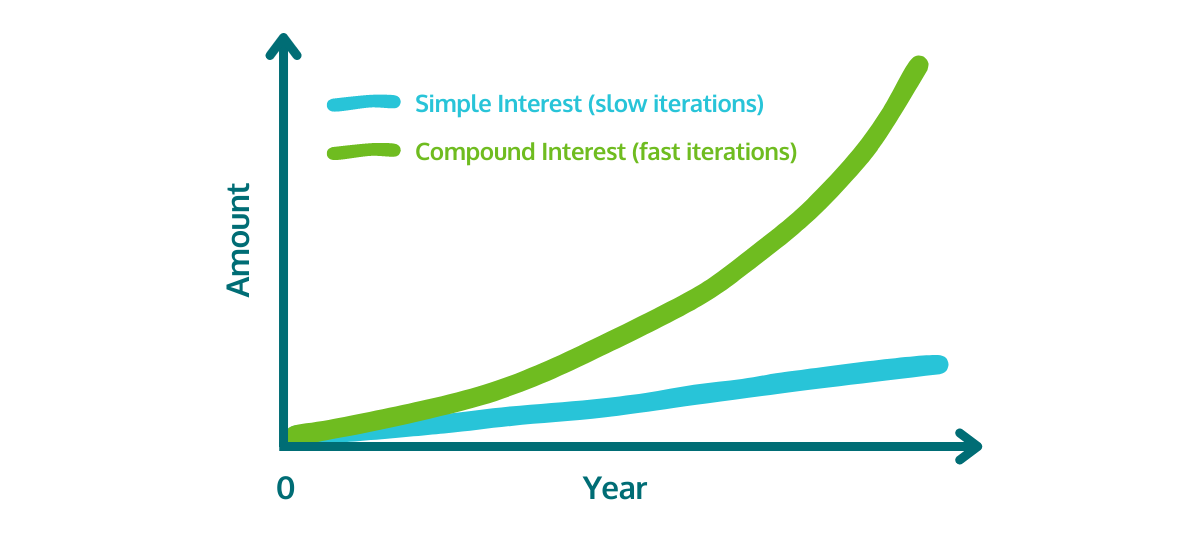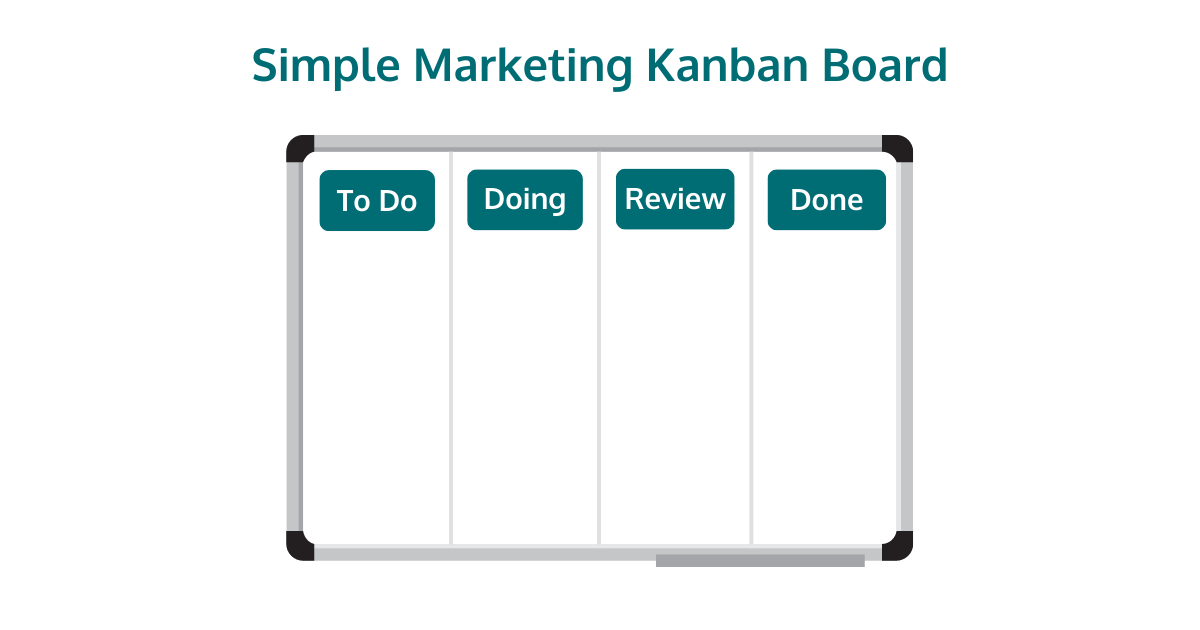-
- marketing agility
- Teams
- Organizations
- Education
- enterprise
- Articles
- Individuals
- Transformation
- Solution
- Leadership
- Getting Started
- business agility
- agile management
- going agile
- Frameworks
- agile mindset
- Agile Marketing Tools
- agile marketing journey
- organizational alignment
- Agile Marketers
- People
- Selection
- (Featured Posts)
- strategy
- agile journey
- Metrics and Data
- Kanban
- Resources
- Why Agile Marketing
- agile project management
- self-managing team
- Meetings
- Scrum
- agile adoption
- scaled agile marketing
- tactics
- scaled agile
- AI
- Agile Meetings
- agile marketing training
- agile takeaways
- Agile Leadership
- agile coach
- enterprise marketing agility
- Scrumban
- state of agile marketing
- team empowerment
- Intermediate
- agile marketing mindset
- agile marketing planning
- agile plan
- Individual
- Team
- Videos
- agile marketing
- kanban board
- Agile Marketing Terms
- agile transformation
- traditional marketing
- FAQ
- agile teams
- Agile Marketing Glossary
- CoE
- Scrumban
- agile
- agile marketer
- agile marketing case study
- agile marketing coaching
- agile marketing leaders
- agile marketing methodologies
- agile marketing metrics
- agile pilot
- agile sales
- agile team
- agile work breakdown
- cycle time
- employee satisfaction
- marketing value stream
- marketing-analytics
- remote teams
- sprints
- throughput
- work breakdown structure
- News
- agile brand
- agile marketing books
- agile marketing pilot
- agile marketing transformation
- agile review process
- agile team charter
- cost of delay
- hybrid framework
- pdca
- remote working
- scrum master
- stable agile teams
- stand ups
- startups
- team charter
- team morale
- user story
- value stream mapping
- visual workflow

The days when marketers could pretend globalized competition didn’t exist are long over. Even smaller localized products and services can now quickly get pushed out by drop shippers or competitors who’ve already harnessed the power of global scale.
But international marketing poses huge challenges, even for seasoned marketers. From basic challenges like dealing with foreign languages to effectively prioritizing work among multiple regions, time zones, teams, product lines, and stakeholders, there’s a lot of challenges to overcome.
More than anything, however, success rests on getting the operations side right. Without effective processes in place to adapt and improve, any international marketing is going to eventually fall prey to diminishing returns and a lack of innovation. That’s without even mentioning the operational challenges of managing teams on a global scale.
Now, more than ever, the only way to fend off competition on a global scale is nailing prioritization to ensure the right work gets done at the right time.
What Is International Marketing?
Any marketing that extends outside national borders is international marketing. So ironically, while we don’t think about it that way, most marketing is international marketing. But while many digital products can easily be sold across borders without too much added complexity, the same can’t be said for physical products, services, or anything requiring ongoing support.
It’s in these cases that international marketing really differentiates itself, requiring companies to develop localized knowledge, approaches, or even teams. We then are faced with questions like “should we centralize our marketing or give local teams more autonomy?”
The challenges that accompany these questions are what really differentiate international marketing from its national counterpart.
Why International Marketing Is so Important
The list of companies who made major blunders by not taking international marketing seriously is long. But while embarrassing translation and cultural faux pas tend to grab headlines, they also distract from the real importance of international marketing.
At the most basic level, marketing internationally is important because if you aren’t doing it, your competitors likely are. Taking advantage of global scale to both reach more customers and harness more insights from your marketing is a critical asset for any organization today.

Then there’s the more fundamental reality that, like any marketing, international marketing is all about providing value to customers. It’s particularly important because local circumstances are going to affect what customers deem valuable. But it’s also important because the scale of most international marketing requires unique approaches to operations.
In other words, don’t focus too much solely on the “international” side of things and forget that marketing fundamentals always apply.
The Benefits International Marketing Brings
Taking your marketing international is always going to be intimidating, as it’s difficult to know which lessons, tactics, and processes will work and which won’t. But the benefits make the effort well-worth it.
In particular, marketing internationally offers excellent opportunities to harness the power of learning cycles. That means, for example, using smaller markets to test ideas as MVPs before rolling them out in other places. While not all local lessons will apply universally, process improvements or simply ideas for inspiration can be shared widely for the benefit of all the regions. MVPs also allow you to reduce the cost of this learning process by not investing in big expensive campaigns just to learn foundational lessons.
Taken together, localized marketing efforts can act as your own little laboratories capable of generating, sharing, and honing insights. Of course that requires getting the operations side of things right, but more on that later.
Building out an international marketing strategy can also help insulate your business from downturns or challenges in a single market. Whether that’s something out of your control like an economic downturn or just a marketing campaign that didn’t work out, going international enables you to spread risk.
Finally, marketing internationally enables you to compete internationally. If you don’t want to get stuck in a perpetual David vs Goliath competition, you’re going to need to scale up and compete on this level.
Approaches to International Marketing
Unlocking those benefits requires finding the right approach, balancing a few key questions. The first is whether to employ a centralized or regional structure to manage your international marketing. While centralization may sound appealing for the control if offers, it’s worth considering the benefits of giving autonomy to regional marketers.
Consider the fact that a single central marketing operation is likely going to find it far more difficult to adapt to a range of local markets. This approach hampers the kind of local flexibility and experimentation that’s so important for marketing to succeed. Relying on old-school command and control ensures all those smart marketers you’ve hired will never have the autonomy necessary to reach their full potential.
That said, you may simply not have the resources to assign individuals, teams, or entire departments to specific locations.
If this is the case, you can take a centralized approach that still focuses on providing autonomy and flexibility when it comes to handling regional markets. But we’ll discuss that more below.
Another major consideration is whether to invest in local language capacity. There’s no single best answer, so the trick is to find the most efficient way to learn for yourself. This could mean hiring a local freelancer to help run some A/B tests to determine how English content performs vs content in the local language. Based on that data, you can run the numbers and determine whether it makes financial sense to make the investment.
How to Improve Your International Marketing
In the long-run, your international marketing is only as good as its ability to adapt and evolve. Lots of the core questions about how to approach it don’t have single answers, but are always going to depend on circumstances that change over time. That’s why the best way to improve your international marketing is to invest in better international marketing operations.
To do that, let’s run through how you can improve your international marketing through better operational practices.
Start with Understanding Your Stakeholders
Great marketing is marketing that provides value to stakeholders. Period.
Whether you’re talking about customers or internal stakeholders like senior management or other departments, it’s essential not to lose sight of this core mission. One of the challenges that comes with international marketing is an increased number of those stakeholders. That’s all the more reason to focus on understanding their needs.
To do this, marketers need to communicate with those stakeholders regularly. For internals, that might mean involving them in standups or simply setting up regular meetings for them to share input and feedback on priorities. But for customers international marketers need to test ideas with MVPs instead of relying on assumptions.
You’ll need to find the best method for your scale and other needs, but the key is always to test methods and keep stakeholders top of mind.
Know When to Pivot
Feeling less confident in your knowledge about a foreign market can often lead you to wait longer to see if a strategy or campaign is going to work. But the reality is that you need to be nimble, setting clear criteria like end dates to know when you should make those tough decisions.
What you want to avoid is falling prey to the sunk cost fallacy, throwing more and more resources into a campaign because you’re unsure whether it might eventually turn around.
But how can you be sure it’s a good time to pivot? Decide ahead of time! At the start of a campaign say that if you haven’t reached X result by Y time then you’re going to try something new.

Also be sure to structure your campaigns around testing ideas. That way even when you do have to pivot, you’ll have learned something valuable: what doesn’t work.
Before exploring the next tip, why don't you take a second to get our Agile Marketing Transformation Checklist?
Test, Test, and Test Some More
Foreign markets are always going to be foreign, so it’s all the more important to find reliable ways to make them less so. That’s why we keep talking about the importance of testing ideas.
Getting these tests right relies on two key things: properly structured tests and iterations.
A badly structured test is worse than no test because it can easily lead you to draw the wrong conclusions and act on them with confidence. Be sure your marketers are well-trained in basic marketing experimental design so you can avoid those traps.

Once you’re running effective tests, the pace at which you run them makes a massive difference. The faster you can apply their learnings to generate more value, the more impact you can have. Think of it like compound interest vs simple interest. It may not seem like much at first, but the difference becomes enormous with time.

Use Visualization to Improve Communication and Transparency
One of the greatest challenges international marketing brings is increased complexity and often, remote work from different time zones. In these cases, a single question can easily delay a crucial piece of work by a day. That’s why visualization tools like Kanban boards become so important.

These enable team members and even external people to quickly get an overview of what work is happening and to access all the key information about it. They can also display priorities, empowering marketers anywhere in the world to confidently start the next piece of work the moment they’re ready instead of waiting for a manager to tell them what to do.
That also has enormous impacts for creating a culture of empowered teams and individuals.
Empower Teams
We mentioned old-school command and control earlier and that approach can have disastrous consequences when it comes to international marketing. The likelihood the global CMO understands dozens of local markets better than the people working on them every day is slim, so suppressing the insights of those local teams in favor of what the CMO wants is likely to hurt your efforts.
Besides using visualization tools to empower local teams, cross-functionality also makes an enormous difference. Cross-functional teams have all the capabilities they need to fulfill their mission already on the team, eliminating the need to work for (and let’s be serious, wait on) externals.
Ideally, the overall business will have its own strategic goals which are communicated to all the various international marketing teams. Those teams then have the autonomy to determine the best way to achieve those goals. This enables them to harness their unique local knowledge, something critical for international marketing success.
In fact, this approach makes all of the tips listed here easier. When strategies built around delivering value to stakeholders are executed autonomously by empowered cross-functional teams, you end up with innovative, effective, and nimble teams capable of adapting to whatever challenges come their way.
The Key to Better International Marketing: Agile
All of that probably sounds amazing, but how do you develop each of those elements, let alone bring them together to work as a well-oiled international marketing machine? The secret is that all of these concepts are part of Agile marketing and Agile marketing begins with understanding fundamental Agile principles.
Luckily, we’ve built a platform designed to do just that. The Ropes is a robust online learning platform that makes it easy for marketers to develop the skills needed to unlock all the value Agile can bring. With self-paced learning created by seasoned Agile coaches, it has all the information, examples, and practical guides you’ll need to enhance your international marketing to compete like never before.
Before moving on, why don't you take a second to get our Agile Marketing Transformation Checklist?
Topics discussed
Improve your Marketing Ops every week
Subscribe to our blog to get insights sent directly to your inbox.



